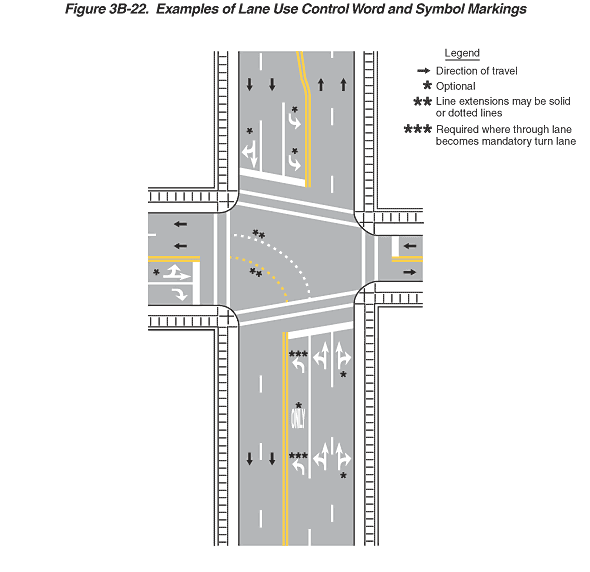
Figure 3B-22. Examples of Lane Use Control Word and Symbol Markings
This figure illustrates examples of lane use control word and symbol markings at an intersection.
The figure shows a vertical five-lane roadway. Arrows show that the direction of travel is two lanes of through traffic in each direction and a center lane used for left turns in opposing directions.
A horizontal roadway is shown intersecting the vertical one. Arrows show that the direction of travel is two lanes in each direction on the left side of the intersection and only one lane in each direction on the right side of the intersection. A solid double yellow line is shown separating lanes in opposing directions. Crosswalks are shown by parallel white lines across all four corners of both roadways. Wide solid white stop lines are shown in advance of the crosswalks.
On the vertical roadway, the center left-turn lane is shown separated from the adjacent through lane in the same direction by a solid white line. On the south side of the intersection on the vertical roadway, the double yellow line to the left of the left-turn lane and the solid white line on the right of the left-turn lane are shown extending into the intersection (starting beyond the crosswalk on the south side of the intersection) as single broken yellow and broken white lines, respectively. They are shown curving to the left to proscribe a path leading into the leftmost westbound through lane of the horizontal roadway (ending at the crosswalk on the west side of the intersection).
On the south side of the vertical roadway, white left-turn arrows are shown in the left-turn lane, combined left-turn and through arrows are shown in the middle lane, and combined right-turn and through arrows are shown in the right lane. The left-turn arrows are shown marked with triple asterisks to denote "required where through lane becomes mandatory turn lane," and the word "ONLY" marked in the left-turn lane is shown by a single asterisk as "optional." The combined right-turn and through arrows are marked as optional. The yellow and white line extensions through the intersection are marked by double asterisks, denoting that they may be solid or dotted lines.
Left-turn arrows and combined right-turn and through arrows on the north side of the intersection on the vertical roadway are denoted as optional.
On the horizontal roadway, on the west side of the intersection, two lanes in the eastbound direction are shown separated with a solid white line, one with combined left-turn and through arrows marked as optional, and one with a right-turn arrow.
A legend shows a black arrow indicating the direction of travel on the roadway, an asterisk to show optional use, double asterisks to show that line extensions may be solid or dotted lines, and triple asterisks to show that arrows are required where a through lane becomes a mandatory turn lane.
